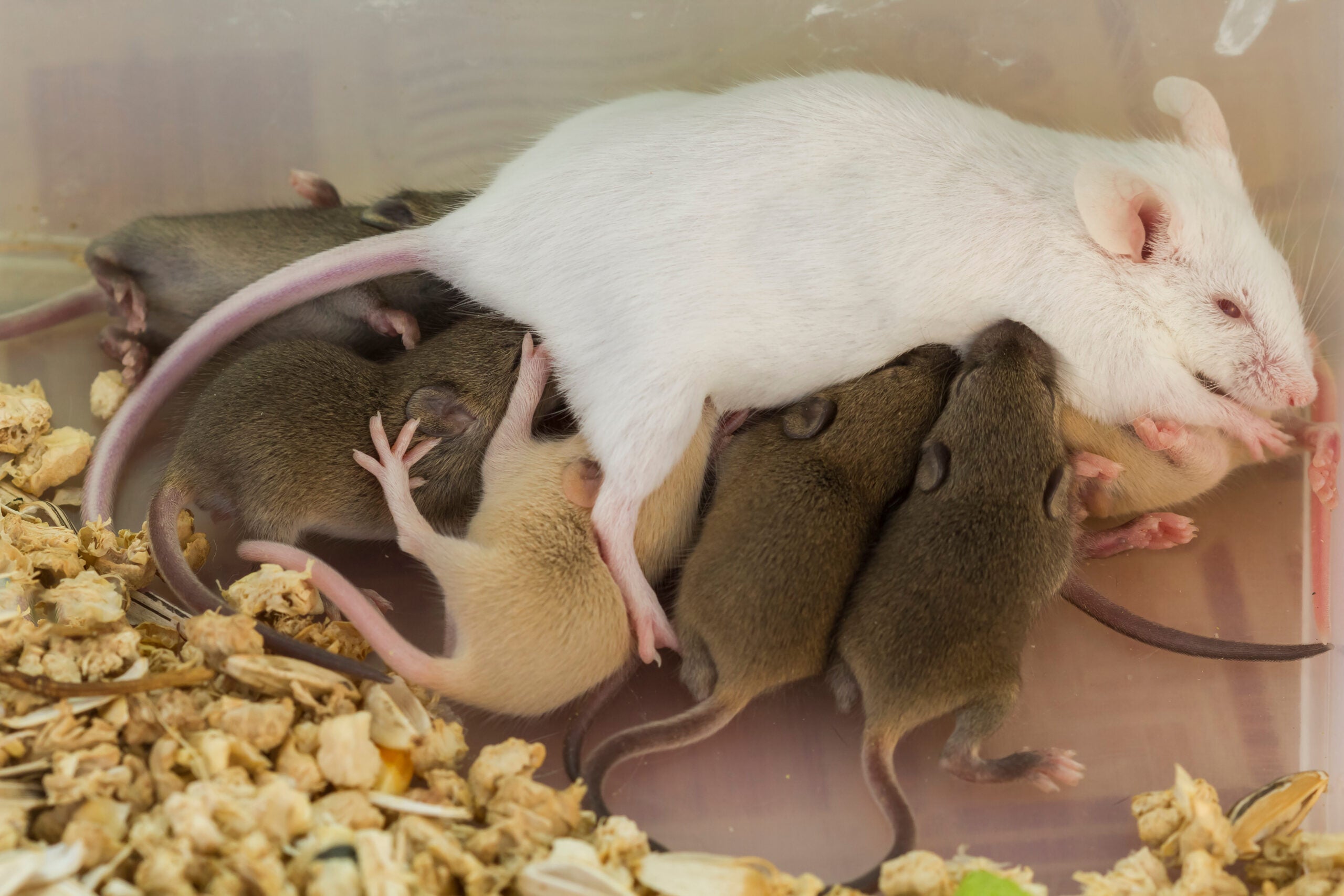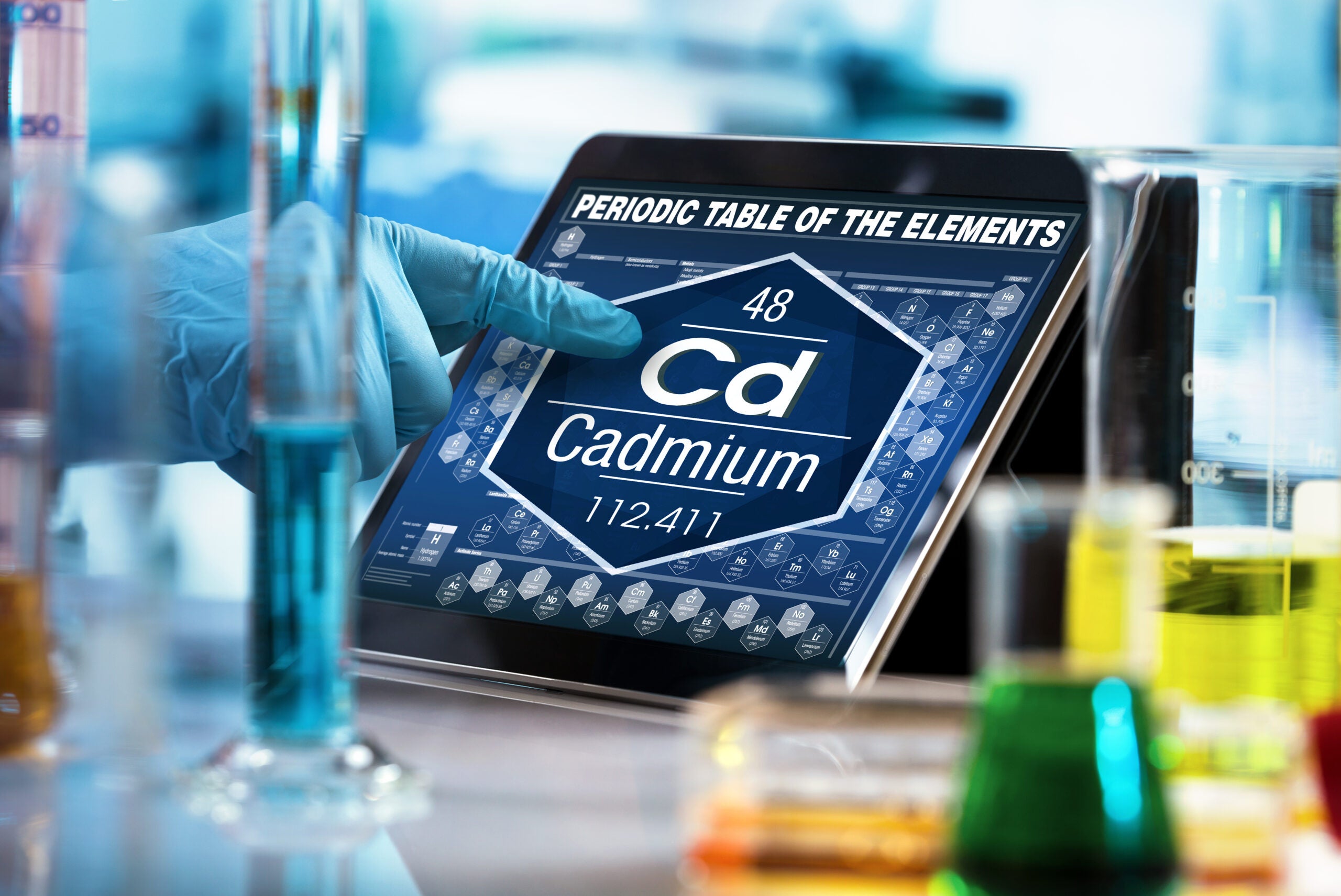What are you, really? How our microbiome mediates chemical exposures
Allison Tracy is a Chemicals Policy Fellow. Richard Denison, Ph.D., is a Senior Scientist.
For millennia people have contemplated the question “who am I?” But how about the even more fundamental question, “what am I”? The human body is made up of about 10 trillion cells that form our tissues and organs. But did you know that the human gut is the home to microbes that comprise 10 times more – that is, 100 trillion – cells? And that, while the human genome contains about 23,000 genes, there are some 3 million genes in the microbes living in the human gut? Obviously, this complicates things. It arguably means we could be considered to be more microbe than human!
These numbers should tip us off to the importance of what is known as our “microbiome.” New science is shedding light on the central function of the microbiome as a mediator between external agents to which we’re exposed and the impacts of those exposures. Recent studies show, for example, that as chemicals pass through the gastrointestinal tract, they undergo major changes in bioavailability (i.e., how easily they are taken up into our bodies) and in their toxicity. Recognition of the role of the microbiome is shifting the playing field for toxicology in fundamental ways.
The effects of the microbiome are varied and powerful, so much so that the NIH has created the Human Microbiome Project. And a committee of the National Academy of Sciences that focuses on emerging science for environmental health decision-making organized an intriguing two-day workshop on the topic in April. One speaker at that workshop, Ellen Silbergeld of Johns Hopkins University, gave a nice summary of the many ways in which the microbiome influences – and is influenced by – external agents to which we are exposed:
- Ecosystem microbiomes mediate fate and transport of environmental toxicants
- Host microbiomes participate in metabolism and toxicokinetics
- Ecosystem and host microbiomes are targets for environmental toxicants (antimicrobials as environmental contaminants)
- Horizontal gene transfer among microbes is responsive to environmental toxicants (resistance genes as environmental contaminants)
- Host microbiomes are involved in acute and chronic diseases
The organisms in our gut also perform, of course, more mundane but critical functions like digesting food, ousting harmful pathogens, supporting the immune system and producing compounds we need to live and grow.
In this post we’ll review some fascinating findings from work presented at the recent NAS workshop by Tom Van de Wiele of Ghent University. His lab’s studies on chemical metabolism reveal the transformative powers of the microbiome and its implications for chemical toxicology and risk assessment.
One key finding of such research is that the quantity and composition of microbiota change along the length of the human GI tract, differing as one passes from the stomach, to the small intestine to the colon.
We’ll look here at studies of the microbiome’s effects on three chemical contaminants: polycyclic aromatic hydrocarbons (PAHs), arsenic and mercury.
The microbiome can transform PAHs into chemicals with estrogenic activity
Polycyclic aromatic hydrocarbons (PAHs) are a diverse class of chemicals to which people are exposed through many sources, including contaminated soil and food, car exhaust, charcoal-broiled meats, and even dust tracked into homes from adjacent parking lots sealed with coal tar pitch (see our recent blog post on the last of these).
As they pass through the gastrointestinal (GI) tract, PAHs may be absorbed through the walls of the intestine and subsequently metabolized by human cells to produce compounds that can cause, among other things, certain forms of cancer. But now enter the microbiome.
A 2005 study by Van de Wiele et al. establishes a mechanism whereby the microbiome’s interaction with PAHs can lead to estrogenic effects. Estrogens are hormones that control expression of a wide variety of genes involved in the development and functioning of the female – and, yes, male – reproductive systems.
PAH compounds do not closely resemble estrogens structurally, nor do they have estrogenic activity before they enter the gut. However, their metabolism by gut microbes can produce new compounds that do. Using an in vitro system that recreates the digestive processes that occur along the length of the human GI tract, Van de Wiele et al. were able to produce and detect these estrogen-like PAH metabolites. Their system excludes enzymes produced by human cells, which have their own metabolic effects that could obscure the effects of the microbiome.
These researchers found that the products of digestion from the colon section of the in vitro system contain PAH metabolites that both structurally resemble estrogens and have estrogenic activity. These metabolites appear in colon digests – but not in the products of digestion generated in the stomach or small intestine sections, nor in control experiments that lack colon microbiota. These results indicate that the something present only in the colon’s microbiome is the key factor in producing compounds with estrogenic activity from ingested PAHs.
The activating effects of the microbiome on PAH estrogenic activity demonstrate that risk assessments that overlook the human microbiome cannot accurately characterize risk.
In similar tests of PAH-contaminated soils, metabolites having estrogenic activity after interacting with the colon microbiome have also been detected and at levels comparable to that seen with pure PAHs. Hence, the binding of PAHs to soil does not appear to reduce the extent of activation of PAHs. Soil exposure is particularly relevant for children who play in dirt and may ingest it.
While it appears that most of the PAHs bound to soil may have been released from the soil before reaching the colon, Van de Wiele’s studies indicate that the level of estrogenic activity in the colon digests of PAH-contaminated soils is an order of magnitude higher than in the stomach and small intestine digests.
Arsenic metabolism by the microbiome: The good, the bad and the unknown
The most common route of human exposure to arsenic is through ingestion of contaminated water or soil. Scientists once considered arsenic metabolism to be a detoxifying step, thought to be the result of methylation of inorganic arsenic (the addition of a methyl group). More recent studies show, however, that metabolism in the microbiome leading to methylation can make it even more toxic than it was upon ingestion.
In a 2010 study, Van de Wiele et al. used their in vitro simulation of digestion to determine how the microbiome in the human colon influences arsenic metabolism, using both pure inorganic arsenic and various arsenic-contaminated soil samples. The use of human microbiota is a novel departure from past studies of arsenic metabolites that use animal models.
Van de Wiele et al. found that the microbiome changes the speciation (chemical form) of arsenic, whether starting with inorganic arsenic or arsenic-contaminated soil samples. Passage through the microbiome led to methylation as expected, but thiolation (the addition of a sulfhydryl group) also occurred. Methylation and thiolation are two important modifications of chemical structure that can change biological activity. In this case, the microbiome was shown to produce highly toxic trivalent forms of arsenic, both methylated and thiolated.
A review article by Diaz-Bone and Van de Wiele notes that, relative to the liver after absorption from the gut, the microbiome plays a minor role in arsenic methylation unless arsenic is ingested in a soil or food matrix. In that case, lower bioavailability allows the microbiome to interact more with the arsenic. In contrast, the microbiome has an important influence on thiolation during arsenic metabolism, which renders the arsenic both cytotoxic and genotoxic. Certain thiolated arsenicals also have increased bioavailability and higher toxicity in comparison to closely related, non-thiolated compounds. Despite the clear importance of thiolation in recent studies, the toxicokinetics of several thiolated arsenic metabolites, including the newly described species in Van de Wiele et al.’s 2010 study, are unknown.
What’s clear from all this is that the microbiome can change the chemical form and resulting bioavailability and toxicity of arsenic. We need to learn more about these processes to determine the nature and extent of the microbiome’s influence. And risk assessments need to incorporate the effects of chemical transformations that occur within the human microbiome.
Mercury metabolism by the microbiome: Another wrench in the works
The interaction between the microbiome and ingested mercury, which is also discussed in the review article, further complicates the emerging picture of the effects of metabolism on the toxicity of chemicals. In vitro studies of humans and rats illustrate the potential for methylation of mercury by gut microbiota. Methylated forms of mercury are generally much more bioaccumulative than are inorganic forms. How microbiota methylate mercury is not entirely clear, but proposed mechanisms suggest that methylation occurs only under certain conditions and hence may generally be infrequent and slow.
Remarkably, the microbiome can also lead to demethylation (removal of a methyl group). For example, the microbiome can demethylate methylmercury, the form of mercury found in contaminated seafood. Studies indicate that demethylation facilitates excretion of the toxin. A control study using antibiotics to counteract the effects of the microbiome increased the half-life of methylmercury in mice from 6 to 100 days.
It appears that in this case, in contrast to what is seen with arsenic, metabolism by the microbiome may yield a chemical form of mercury that is less bioavailable.
These examples illustrate the complexity of metabolism by the microbiome, which can lead either to exacerbated or to reduced bioavailability and toxicity.
The new playing field for toxicology: Human variability and the microbiome
The composition of the microbiome is affected by several factors. For example, the microbiome changes with age. Lita Proctor’s presentation at the recent NAS workshop reviews how newborn infants obtain their initial gut microbiota from their first surroundings, including during passage through the vagina and from the first people who hold them. The microbiome further develops and evolves as the child grows. Studies show that young mice before weaning cannot demethylate methylmercury as quickly as they can at 16-18 days old, so methylmercury persists in their systems for a longer period of time. Perhaps this is at least partially explained by differences in their microbiomes. Some studies also show that the microbiome changes again in elderly people.
The microbiome may also account for or contribute some of the variability in susceptibility to chemical exposures observed between individuals and different subpopulations of people. A recent blog post by EDF Health Scientist Jennifer McPartland discusses the new appreciation of individual variation in emerging chemical testing and risk assessment paradigms.
In addition to variation from genetic factors, age and gender, testing methods should consider variability imparted by differences in gut microbial communities. Van de Wiele et al. note that variability in the microbial species that comprise the microbiome, of which there are more than 1,000, may be as important as genetic variation in assessing the effects of arsenic metabolism.
Variation between individuals and subpopulations has taken on central importance in the debate over risk assessment because of its influence on the following question: Is it appropriate to assume a safe threshold of exposure to a chemical below which there is no effect?
For most health outcomes, traditional toxicology has answered “yes” to that question, based on indications that the human body has ways to deal with toxic chemicals when we are exposed to them at low levels. Increasingly, that assumption is being questioned, in part because variation in susceptibility across the human population may be sufficiently large as to effectively erase any safe threshold at the population level even if one may exist in some individuals.
The studies described here of the effects of the microbiome on metabolism of PAHs, arsenic and mercury add to other evidence showing just how complex and variable we human beings are. As if we needed more evidence of that!












